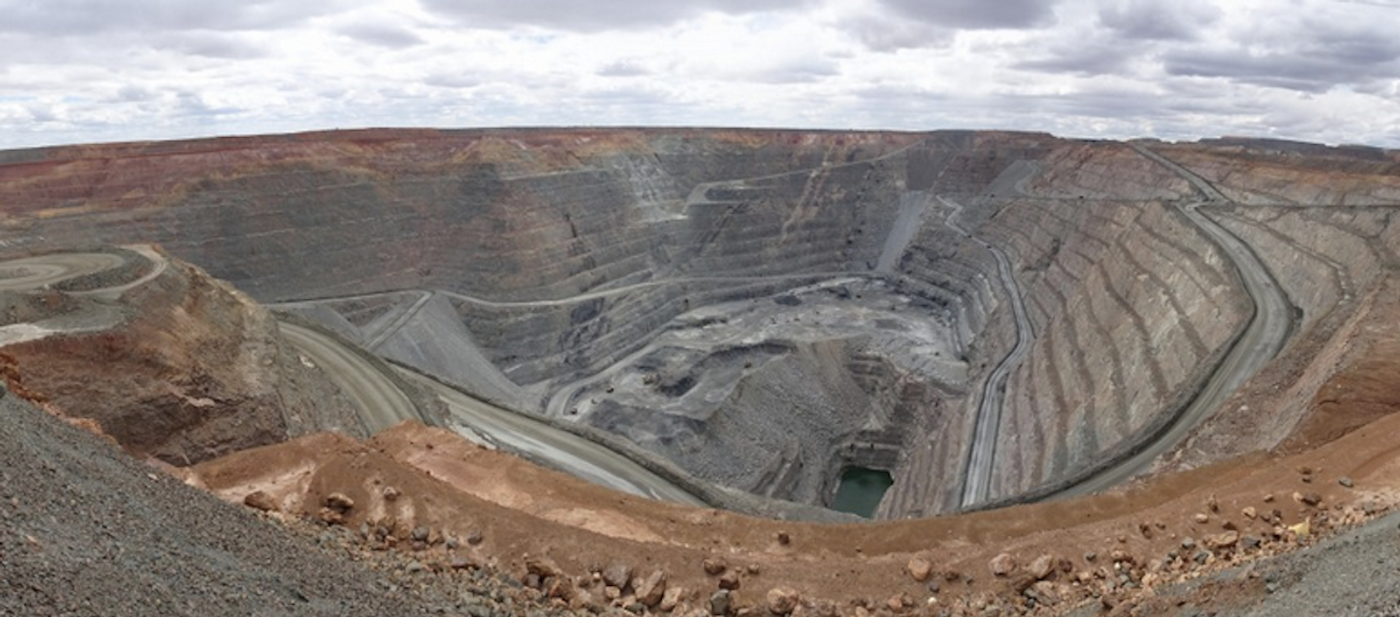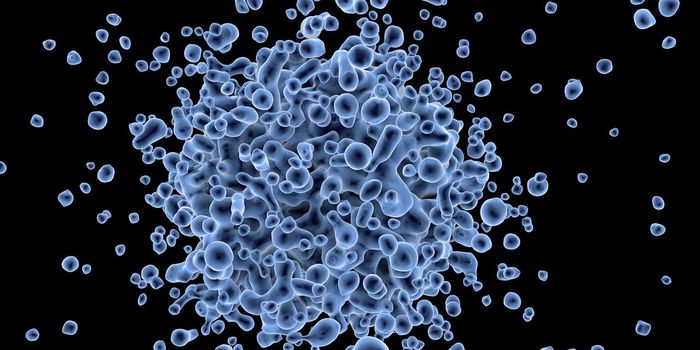Deep Subsurface Microbes Are "Living Fossils"
In 2008, microbes called Candidatus Desulforudis audaxviator was found almost two miles underground in a South African gold mine. These bacterial cells live on energy produced by radioactive decay. That might be strange enough, but then consider that three samples of these microbes that were found on three different continents had genetic makeups that were basically the same. It seems as though these microbes stopped evolving millions of years ago and have remained the same since, going against what we've long assumed about the nature of microbial genetics. The findings have been reported in the ISME Journal.
"This discovery shows that we must be careful when making assumptions about the speed of evolution and how we interpret the tree of life," said lead study author and Assistant Professor of Biology Eric Becraft, who did this research as part of his post-doctoral studies at Bigelow Laboratory. "It is possible that some organisms go into an evolutionary full-sprint, while others slow to a crawl, challenging the establishment of reliable molecular timelines."
These microbes live in tiny, water-filled cavities in rocks, away from other organisms or sunlight. Scientists wanted to learn more about how they evolved, and looked for more microbes like the one from South Africa. They found more in South Africa, as well as other Candidatus Desulforudis audaxviator samples from Siberia and California. The three environments are very different, so the researchers expected to see some differences from one microbe to another.
The researchers applied advanced genetic tools to assess the genomes from the microbial samples; there were 126 in all. The scientists were stunned when the results showed that the microbes were nearly identical.
"It was shocking," said corresponding study author Ramunas Stepanauskas, Bigelow Laboratory Senior Research Scientist. "They had the same makeup, and so we started scratching our heads."
There is no evidence that these microbes can migrate, survive outside of their rock-cavity niches, or withstand the continuous presence of oxygen. The researchers emphasized that they ensured there was no cross-contamination of the samples, and that until more evidence appears, there is only one plausible reason for why these microbes are so similar.
"The best explanation we have at the moment is that these microbes did not change much since their physical locations separated during the breakup of supercontinent Pangaea, about 175 million years ago," Stepanauskas said. "They appear to be living fossils from those days. That sounds quite crazy and goes against the contemporary understanding of microbial evolution."
Microbes that most researchers are familiar with are known to evolve naturally in a variety of ways, and scientists have even shown that they can evolve in the lab, so it's long been assumed that most microbes have high rates of evolution. But this work suggests that some microbes can reach an evolutionary standstill and stay there for an astonishingly long time.
Stepanauskas's team suggested that these microbes have basically locked down their genetic code, and they have strong protections against mutation. This could be a useful feature. An enzyme that's commonly used in the lab to make copies of DNA molecules is called DNA polymerase. This enzyme is made in bacteria. Usually, it's important to use DNA polymerases in PCR to make exact copies of the DNA template. This microbe may be able to make just such a DNA polymerase.
"There's a high demand for DNA polymerases that don't make many mistakes," Stepanauskas said. "Such enzymes may be useful for DNA sequencing, diagnostic tests, and gene therapy."
The work has also shown us there's more to microbial genetics than we know.
"These findings are a powerful reminder that the various microbial branches we observe on the tree of life may differ vastly in the time since their last common ancestor," Becraft said. "Understanding this is critical to understanding the history of life on Earth."
Sources: Phys.org via Bigelow Laboratory for Ocean Sciences, ISME Journal









